Coracoid Fracture in a Patient with Anterior Shoulder Instability
Score and Comment on this Case
Clinical Details
Clinical and radiological findings: A 26-year-old man with a history of controlled epilepsy and three previous episodes of anterior shoulder dislocation presented a new dislocation after a seizure induced by alcohol ingestion. Reduction in emergencies was followed by persistent shoulder pain. The tomography showed a displaced fracture of the coracoid process, a minimal defect in the glenoid and a deep Hill-Sachs lesion.
Preoperative Plan
Planning remarks: Osteosynthesis of the coracoid process was considered due to significant displacement of the fracture, followed by arthroscopic treatment for instability or transfer of the fractured coracoid to the anterior edge of the glenoid using Latarjet surgery. The latter was chosen.
Surgical Discussion
Patient positioning: "Beach chair" position with the patient reclined and the torso elevated.
Anatomical surgical approach: Deltopectoral approach starting at the lateral edge of the pectoralis major muscle, extending distally towards the deltopectoral groove where the fractured coracoid process was located. An incision was made in the subscapularis muscle to access the joint and perform an anterior arthrotomy.
Operative remarks:The coracoid process was fixed in its new position using a button suspension system and an anchor to prevent rotation of the fragment. This technique sought to restore the anterior stability of the shoulder by taking advantage of the muscular sling effect provided by the conjoint tendon.
Postoperative protocol: No especificado.
Follow up: More than 2 years of follow-up, with consolidation of the transferred coracoid and without new episodes of dislocation.
Orthopaedic implants used: Suspension system with button, bone anchor.
Search for Related Literature
Industry Sponsership
contact us for advertising opportunities
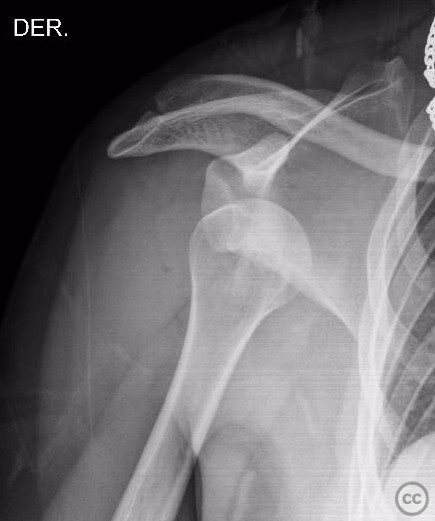
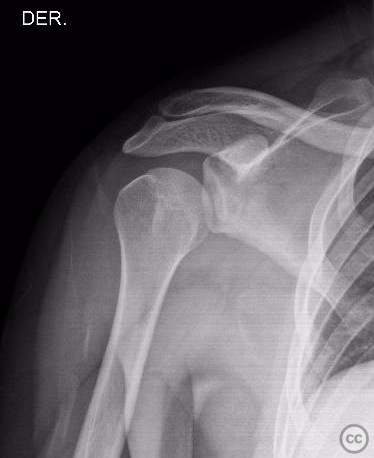
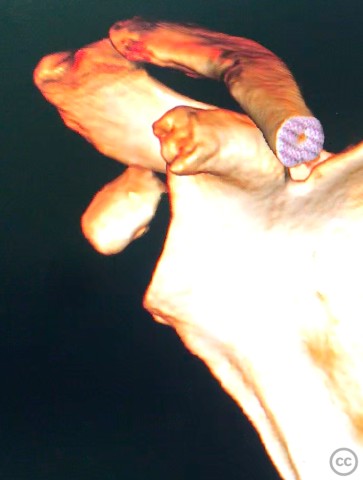
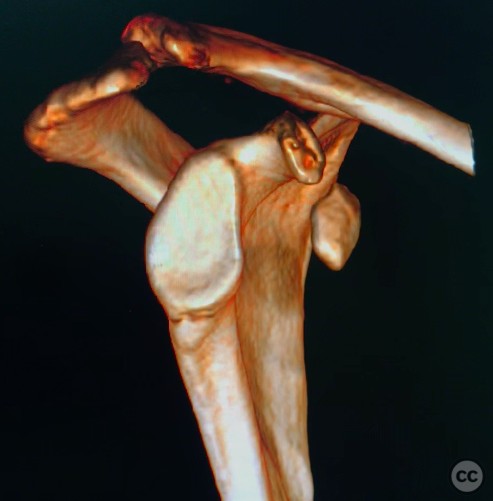
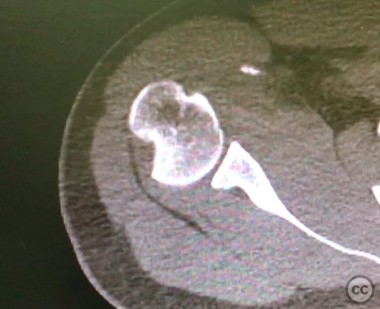
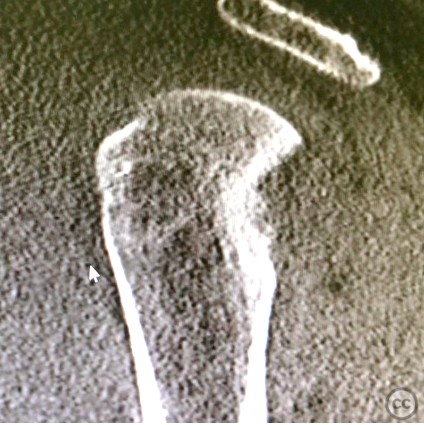
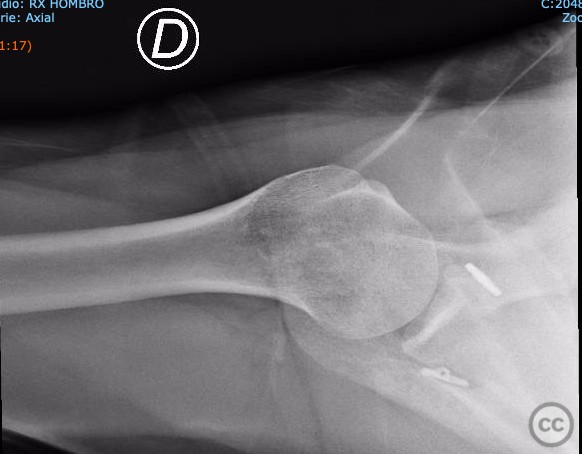
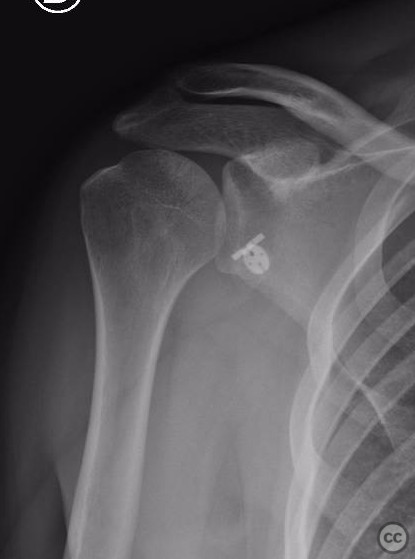


Article viewed 460 times
17 Mar 2024
Add to Bookmarks
Full Citation
Cite this article:
LUIS LEONCIO TEMOCHE DIAZ. (2024). Coracoid Fracture in a Patient with Anterior Shoulder Instability. Journal of Orthopaedic Surgery and Traumatology. Case Report 44083987 Published Online Mar 17 2024.